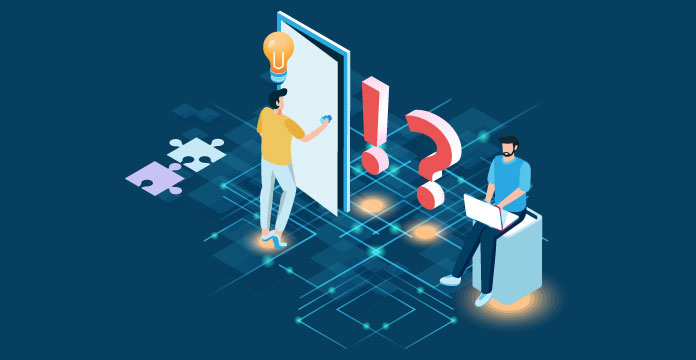
The current article is the fourth in the five-part FAQ series on the ITIL process stages. If you have missed our earlier article in this series covering FAQs on Service Transition you can find it here.
Service Operation ensures that all planned and designed IT services are delivered and deployed effectively. In addition to this, all user requests, any service request, bug fixing, and any routine maintenance task is also done at this stage.
1. What Business Value Does Service Operation in ITIL V3 Offer?
Service Operation in ITIL Service Lifecycle is the stage where all the work done in previous lifecycle stages bore results. For example:
-
- In the Service Strategy lifecycle phase, the service is modeled.
- In Service Design and Service Transition, the service is designed as per customers’ requirements, and the cost estimate
- In Service Operation, services are delivered and measured in terms of clients’ expectations. In this stage, some parts of fixing can also happen to plug in minor gaps.
Hence, the entire exercise culminates with an IT process being set up for a customer to the agreed expectation level.
A few other noteworthy points are:
-
- Service Operation spans a much longer time, usually till the service is retired
- The majority of the IT staff is engaged in this process
- This phase also emphasizes reducing incidents, saving costs, and providing automation for reducing staffing requirements
- Additionally, communication is very important in this stage
2. How is it Different in Comparison to ITIL V2?
Most of the service management process in ITIL v2 has remained the same. They have been either enhanced or elaborated and made into a separate process in service lifecycles. Few new processes and new functions have also been created. Event Management was part of ICT Infrastructure Management in ITIL v2. Service Request is now not fulfilled by Incident Management rather there is a new process called ‘Request Fulfillment. Again, Access Management is a new process in ITIL v3. It was done mostly keeping in mind IT security reasons, granting access to authorized users is of high importance from an IT security point of view.
3. How is Service Request Handled in V3 in Comparison to V2?
In ITIL v3, Request Fulfillment was added as a new process. The aim was to have a dedicated process for handling service requests. ITIL v3 put a clear distinction between incidents which is a service interruption and a service request which is a standard request from an employee or user. Password resets, link unblocking, and allowing access to specific folders are some common examples of standard requests. In ITIL v2 service requests were fulfilled by the Incident Management process.
4. Is Application Building Covered Under the Application Management Function?
Application management helps in managing applications throughout their lifecycle. The Focus area here is to manage and support operational applications. Other functions include design, improvement of applications, and testing that are part of IT services. It helps in providing inputs related to improving application manageability. However, the intention is not to overshadow application development teams.
A few basic differences are that application development focuses on utility whereas management focuses on warranty and utility. Development is one-time activity whereas management is for the entire lifetime of the application. Development focuses on software development whereas management is more focused on operation and improvement. Also, management is needed for application development if done externally.
5. What Staffing Roles are Required in IT Operations Management Function?
Roles under this process ensure that day to day activity of running the IT shop is done, and SLAs are met. All of this is within acceptable quality limits and cost-effective manner. These roles are primarily concerned with availability and service. There is a number of roles under the IT Operations Management function:
-
- IT Operations Manager – job purpose is to lead, manage and report on the performance
- Shift Leaders – job purpose is to coordinate with other shift leaders for smooth function of the IT operations
- IT Operations Analysts – job purpose is to carry out IT operations in an effective way
- IT Operators – they perform IT operations such as console operation, backup, monitoring, etc.














